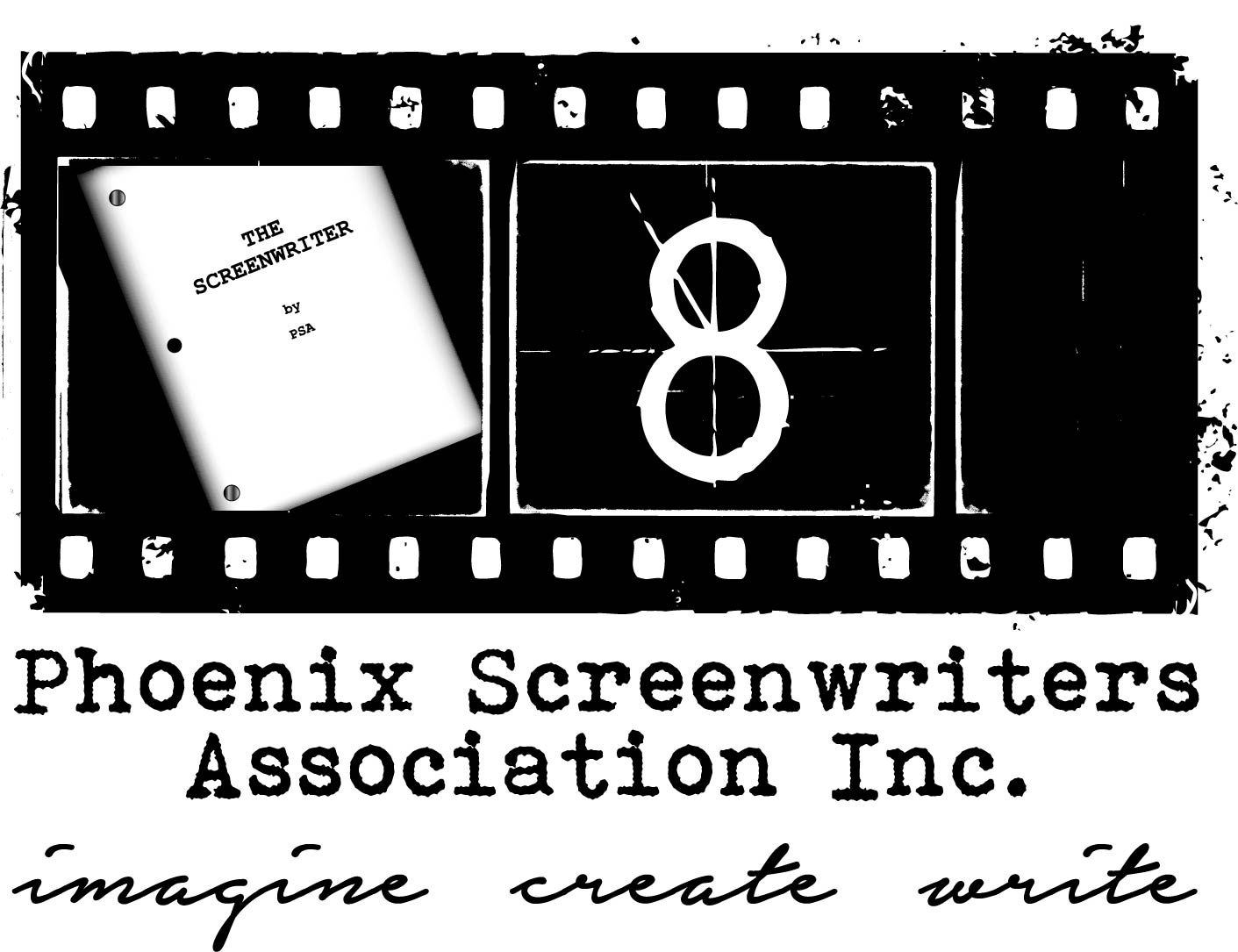
This is the last of three parts. If you missed either of the first two articles, you may want to first check out Act I here and Act II here. “Screenplay: The Foundations of Screenwriting” (by Syd Field) is the basis for this discussion of one of my favorite movies, “It’s A Wonderful Life”. Apply this exercise to your favorite films as a way of improving your own writing, and as an alternative to studying actual scripts.
Below is a chart version of Field’s original paradigm diagram:

The paradigm indicates that Act III (“the resolution“) starts after page 90 and continues to the end. The story’s climax is about 10 pages (or 10 minutes) short of the end. These days, Act III can be greatly compressed — often into the last 10 minutes of the movie. Obviously, the climax is going to occur at some midpoint of Act III, allowing for a sort of “cooldown” afterwards. Depending on the part of the world you’re from, this “epilogue” can leave you either relieved or saddened. We in the Western Hemisphere love a happy ending, but Europeans fully expect a tragic conclusion to a tragic story.
To recap the end of Act II, George is on the verge of suicide. His world is crashing down all around him and his life is worth nothing. There is no meaning left to his life, until…
Now, wait a minute. Let us recall that a major plot point has happened toward the end of Act II. This is when Old Man Potter offers up the very antithesis of good advice when he mirthfully tells George that he’s “worth more dead than alive”. This is also where we are more or less brought into the present day. Recall that everything so far was actually a narrative told by an angel named Joseph. Here is the point where divine intervention becomes a necessity and Angel 2nd Class Clarence Odbody must answer the call.
The Resolution
So on to Act III. There’s no meaning left in George’s life and he’s about to end it all. Suddenly, a figure drops off the bridge into the icy waters. The wailing cries of an old man, clearly about to drown, click George’s brain into rescue mode and off he goes, into the raging river, with the sole intention of saving the person in distress.
As we’ve seen in the past, when George thinks of others, he forgets all about himself. That’s George’s most redeeming characteristic. He’s compassionate. It’s what sets him apart from most people. Unfortunately, George has no idea what a great guy he is! That cold dip in the river makes him momentarily pragmatic and George tells Clarence that the world would have been better off if George Bailey had never been born. That puts an idea into the angel’s head and, just like that, “poof!”, the resolution is upon us! What if George Bailey had never been born? Could “the paradigm according to Field” be presented to you on a silver platter any better than that?
So Clarence pulls some celestial strings and the world transforms into one in which George Bailey never existed. Can you believe that the entire sequence of “George wandering around town as if he never was born” all takes place in the last twenty-five minutes of a two-hour movie? It does, and it works!
Having identified the resolution, we proceeded to execute it. Clarence accompanies George through a radically different Bedford Falls (now known as Pottersville). Around every turn, they see starkly different visions of a gloomy and forsaken old town, absent the protective hand of George Bailey to help steer things in the right direction. Instead the taint and tarnish of Old Man Potter permeates everything around them. Even before Potter took over the town, George’s absence is apparent in the fall from grace of pharmacist Mr. Gower, who accidentally poisoned a boy; in the fate of Uncle Billy, committed to an insane asylum after losing the family business; and in the accidental drowning death of Harry Bailey, who was not saved from the icy waters by his big brother George.
Ultimately, the experiment works and George realizes the value he’s brought to the town he loves and the people who have been leaning on him all along. These are the same people whose voices are heard at the beginning of this movie praying to the Heavens for some way for George to be brought back to his family. They’re the same people who rally together in George’s absence to raise the money he needs to make up the missing money lost by Uncle Billy.
But what about the climax? Does it occur 10 minutes before the end? I checked the script and leafed back 10 pages, just to be certain. Sure enough, on that exact page, George realizes that he’s lost forever the one woman he’s ever loved. He finds himself back on the bridge begging for Clarence to put things back the way they were. The world he’s seen is unbearable. Everybody and everything he loves has gone to ruin without George in the picture. Quite the ego-booster under normal circumstances. But George, being the every-man hero that he is, understands that this isn’t all about him. Rather, it’s about each person’s contribution to the lives of their fellow human beings. George learns his true value. He realizes that his life has served a greater purpose than he could ever have realized. His doesn’t need to live up to the expectations of others. He only needs to continue to be the very best person he can be.
The End.
Consider the movies that you’ve watched where a solution is identified, either specifically or in vague terms, and then executed. This all happens in the third act. The exceptions, of course, are the solutions tried earlier that simply did not work…or made things worse. Relegate the failures to the much longer second act (or as a major plot point of the first). The resolution of the third act must come with some finality, either good or bad. If half the world disappears in a cloud of dust at the snap of a finger, well, that’s about as final as you can get. But Heaven help you if there isn’t a sequel.
And that concludes our exercise. I hope you enjoyed it!
About Joe Gruberman:
Joe Gruberman is an Arizona-based writer, educator, and award-winning multimedia producer. His latest two films, ELEVEN ELEVEN and RAISING BUCHANAN, are available on most streaming platforms.
